Poinsettia or Poinsettia Flower Care
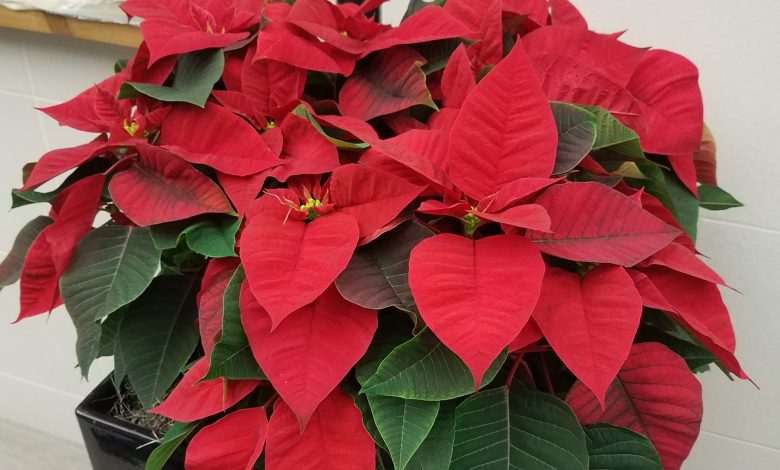
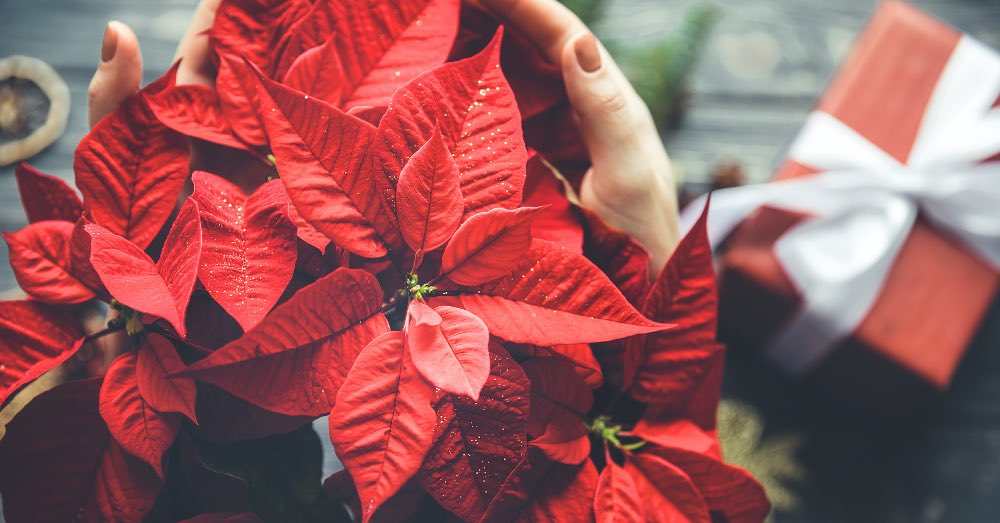
It is one of the hallmarks of Christmas. The Poinsettia is not only an extremely beautiful plant, but it is also the starting signal for the most endearing time of the year. Despite what is believed, the care of the Poinsettia is not complicated at all, although let’s not fool ourselves: they are very specific. Something that should be thoroughly understood in order to make use of its incredible ornamental beauty as part of our Christmas decoration, but also as part of our indoor plants.
Although its botanical name is Poinsettia, it is worth knowing that it is popularly known by two illuminating nicknames: Christmas Eve and Christmas Star. But why is this plant an icon of these holidays? The reason is simple: it is precisely now that the leaves of the Poinsettia take on that red color that we identify so much with dates. And not only that: it is also, during the last month of the year, when we can see their discreet yellow bloom appear among them.
So let’s see what the care of the Poinsettia is. And let’s break a popular myth: no, you don’t die at the end of Christmas. Actually, it is a plant that we can keep with us often. It is enough to know how to preserve the poinsettia throughout the year.
WHAT CARE FOR THE EASTER FLOWER YOU SHOULD KNOW
Although we are used to enjoying it, it is worth knowing that the Poinsettia is a plant native to Mexico and Central America. Although it might seem like a secondary detail, this provenance significantly marks the care of the Poinsettia. In our latitudes, it is a delicate plant in certain aspects but, as such, the plant species is not really demanding. It is enough to know a detail to understand this in perspective: in its countries of origin, the Poinsettia grows in gardens, even reaching the dimensions of a small tree.
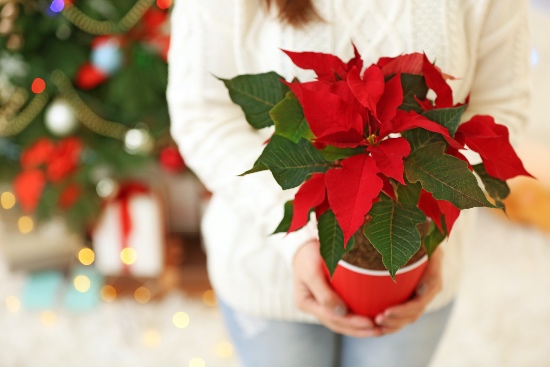
The best way to know if we are properly taking care of the Poinsettia is through its leaves. They are, precisely, the best way to detect signs of disease in plants. So if they turn yellow or if they begin to lose them in the lower part, our Poinsettia will be indicating that something is left over or missing.
So let’s see how to enjoy this beauty that is never missing from the list of plants to decorate your home at Christmas. One that, although it loses its characteristic color over the months, can once again show off the tone that we like so much: it is enough to know what the relationship is between the Poinsettia and the red leaves.
1. The location, the first care of the Poinsettia that we must pamper
No: it is not worth putting it anywhere. In fact, where we place our Poinsettia will greatly affect its well-being. So as much as we believe that a certain space is, at a decorative level, we cannot put it before its needs.
Due to its origins, the Poinsettia is sensitive to both cold and heat. For this reason, we must place it in a place that is free from any draft but also away from radiators and other sources of artificial heat.
2. Temperature, another fundamental aspect for the Poinsettia
In fact, it is decisive for your health. As we said, it is a chilly plant with a well-defined comfort range in terms of temperature: it cannot be below 12 degrees or above 24 degrees.
In addition to this, we cannot neglect the environmental humidity. When the temperature in our house rises, we must forcefully humidify the air. If you don’t do it and expose our Poinsettia to a climate that is too dry, it will begin to lose its leaves.
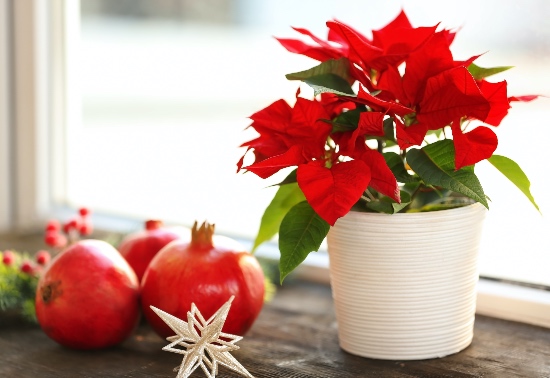
3. Irrigation, moderate and without excesses
The poinsettia is extremely sensitive to excess watering, both for its roots and for wetting its leaves. For this reason, it is not only important to measure how much we water, but also how we do it.
It is recommended to apply a maximum of two irrigations a week, even if the environment of our house is hot. Knowing if our plant needs one or two waterings involves checking one aspect: the Poinsettia always requires a slightly moist substrate.
On the way of watering, we can forget about the watering can. The ideal is to place water in the lower plate, let the plant drink what it needs for a maximum of 20 minutes, and remove the excess water.
4. Lighting, another key to caring for the Christmas plant
Decisive for it to maintain the color of its leaves but also for it to flourish. Giving our poinsettia a very bright environment is essential for its well-being. What’s more: if we notice that the lower leaves of the plant begin to fall, our Poinsettia will be indicating that it lacks light.
That yes: caution. We cannot expose it to direct sun.
5. The subscriber, important for its growth
The poinsettia growth period is during the months of November, December and January. For this reason, it never hurts to lend a hand to promote that evolution typical of this time that makes our plant spectacular.

To achieve this, the ideal is to use a fertilizer for flowering plants every 15 days and diluted in the irrigation water.
And now that knowing the care of the Poinsettia all that remains is to enjoy it. A beauty that marks the beginning of Christmas but that can also accompany us the rest of the year.

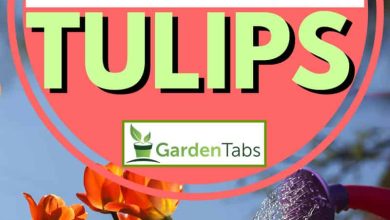

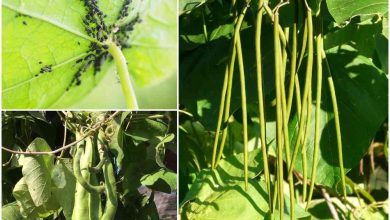
![Photo of What Care Does Bamboo Have?: [Composting and Pruning]](https://www.complete-gardening.com/wp-content/uploads/2022/08/what-care-does-bamboo-have-composting-and-pruning-390x220.jpg)